Three K's of florescent lighting
deweymn
17 years ago
Related Stories
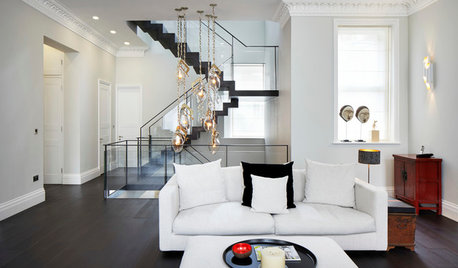
MODERN STYLEHouzz Tour: Three Apartments Now a Three-Story Home
A grand new staircase unifies a sophisticated, industrial-tinged London townhouse
Full Story
HOUSEKEEPINGThree More Magic Words to Help the Housekeeping Get Done
As a follow-up to "How about now?" these three words can help you check more chores off your list
Full Story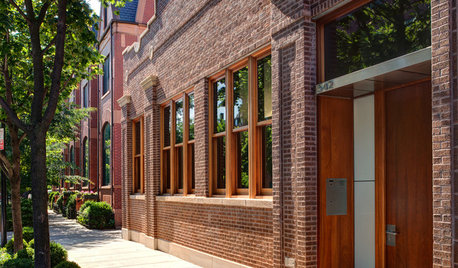
HOUZZ TOURSHouzz Tour: A Three-Story Barn Becomes a Modern-Home Beauty
With more than 9,000 square feet, an expansive courtyard and a few previous uses, this modern Chicago home isn't short on space — or history
Full Story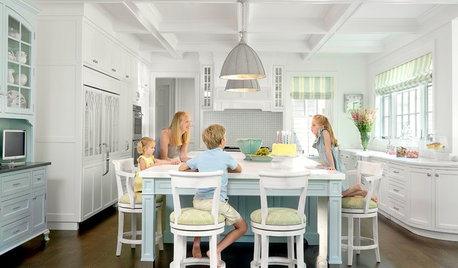
LIGHTINGSource List: 20 Pendants That Illuminate the Kitchen Island
See the ceiling lighting fixtures that are popular on Houzz and find out where to get them
Full Story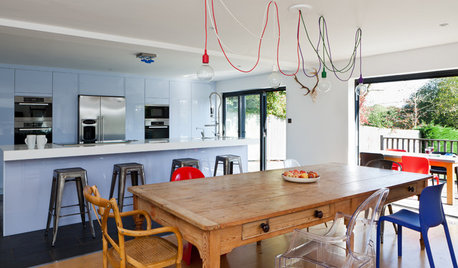
ECLECTIC HOMESHouzz Tour: Swanky and Playful in the British Countryside
Big beanbags, a Bubble chair, lacy black laquer — this family home proves there's more to U.K. country life than cottages and chintz
Full Story
FUN HOUZZDon’t Be a Stickybeak — and Other Home-Related Lingo From Abroad
Need to hire a contractor or buy a certain piece of furniture in the U.K. or Australia? Keep this guide at hand
Full Story
LIGHTING5 Questions to Ask for the Best Room Lighting
Get your overhead, task and accent lighting right for decorative beauty, less eyestrain and a focus exactly where you want
Full Story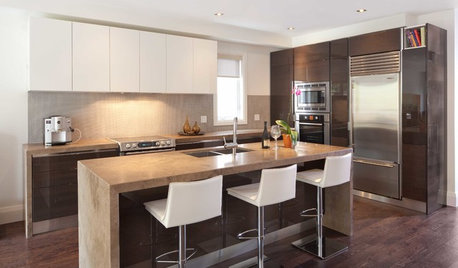
LIGHTINGGet Your Home's Recessed Lighting Right
Learn the formula for how much light a room needs plus how to space downlights, use dimmers and more
Full Story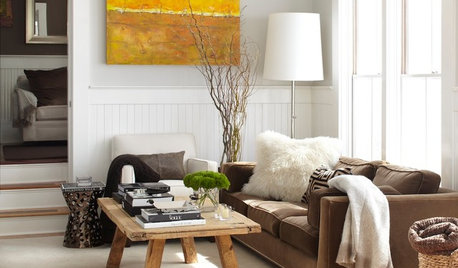
LIGHTINGYour Guide to Common Light Fixtures and How to Use Them
Get to know pot lights, track lights, pendants and more to help you create an organized, layered lighting plan
Full Story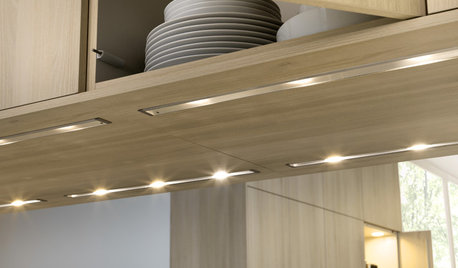
LIGHTINGWhat to Consider When Lighting Your Home
A designer offers a few illuminating insights on this key design element
Full StorySponsored
More Discussions






shrubs_n_bulbs
Melvin1305_hotmail_com
Related Professionals
Brentwood Landscape Architects & Landscape Designers · Glendora Landscape Architects & Landscape Designers · Waunakee Landscape Architects & Landscape Designers · Waterbury Landscape Contractors · Athens Landscape Contractors · Brunswick Landscape Contractors · Cudahy Landscape Contractors · Columbia Fence Contractors · Bonney Lake Fence Contractors · Canoga Park Fence Contractors · Minneapolis Fence Contractors · Palmetto Fence Contractors · Tacoma Fence Contractors · Greenville Roofing & Gutters · Miami Beach Roofing & Gutterscalifornian
nygardener